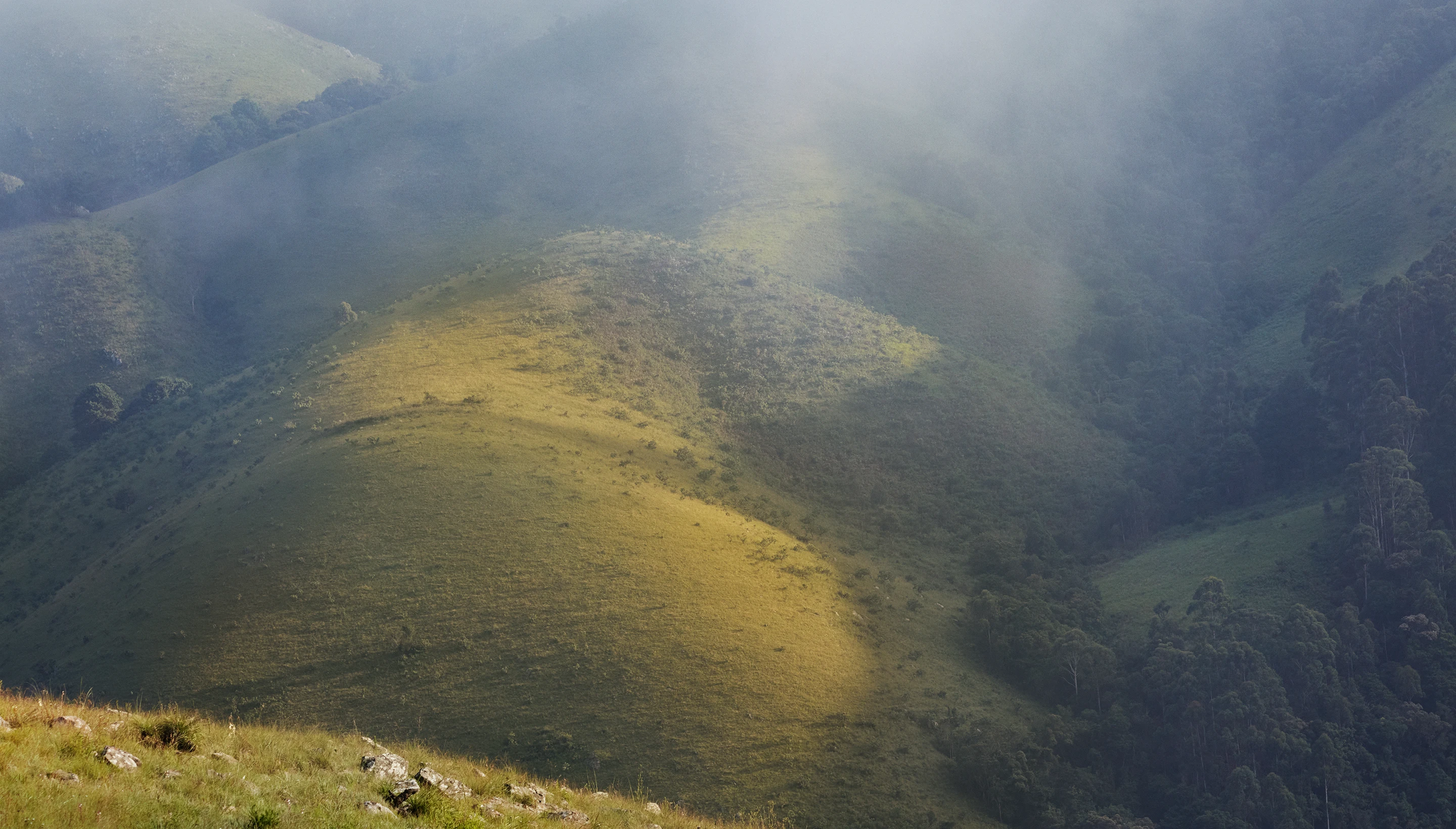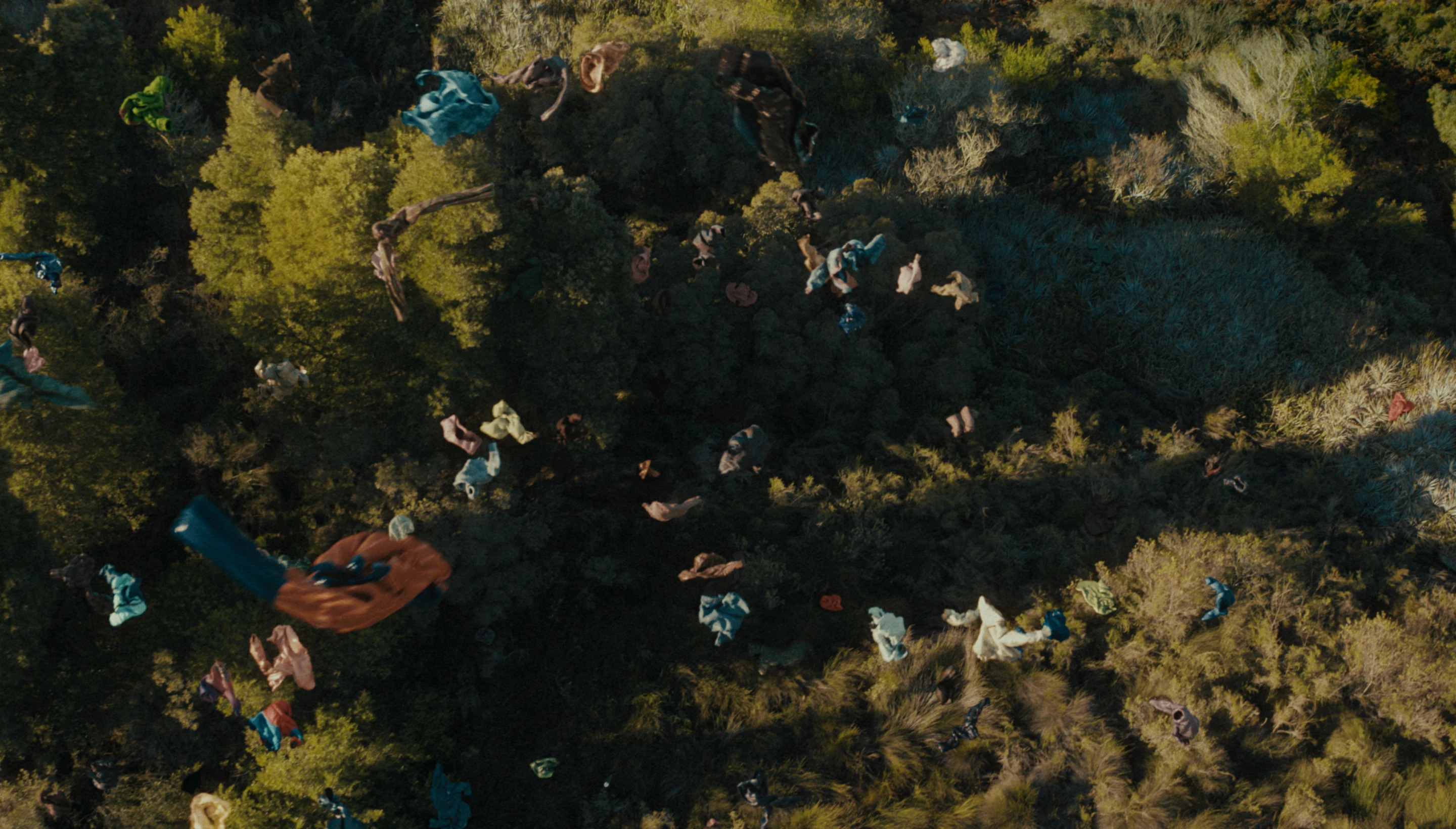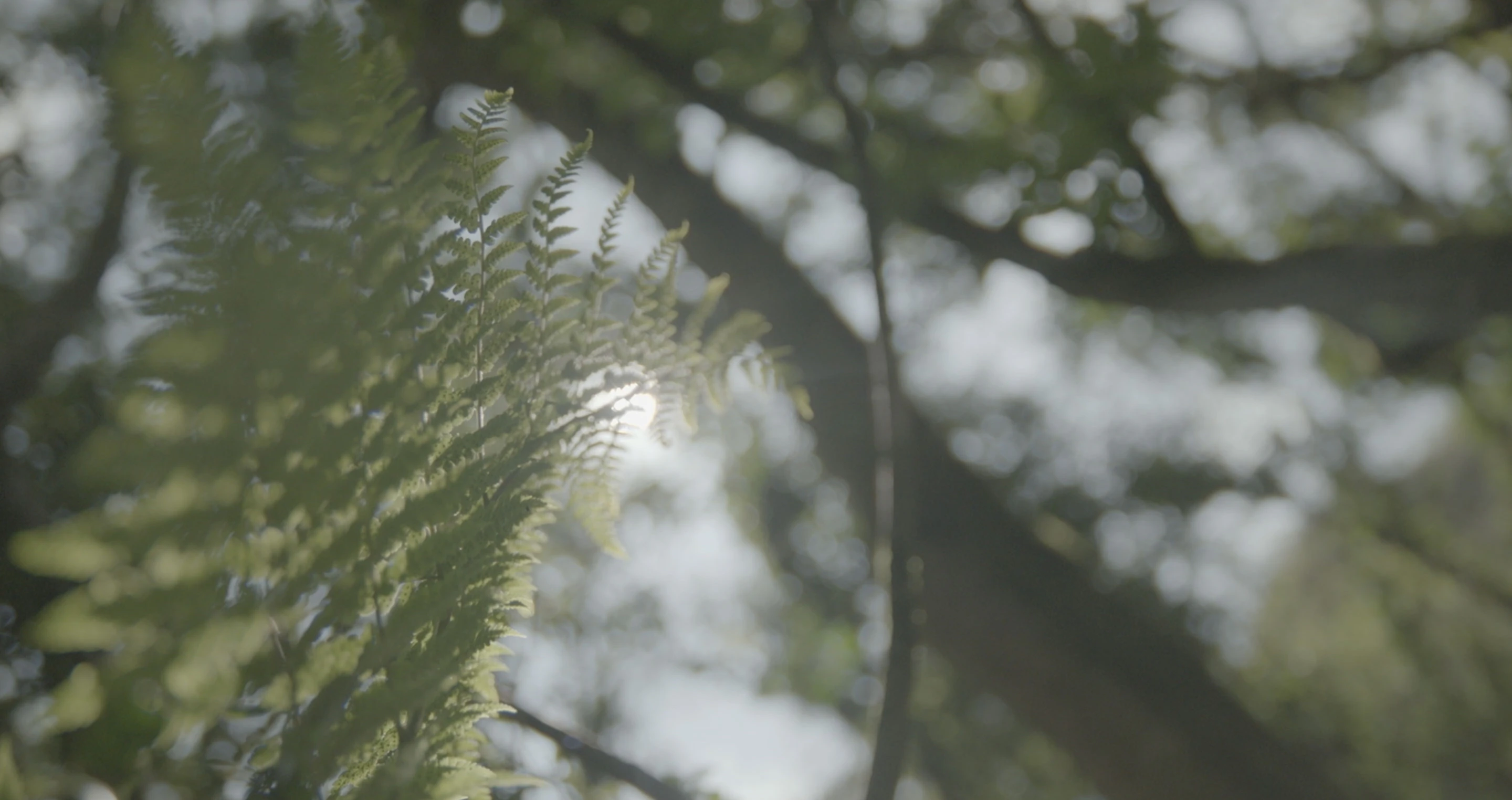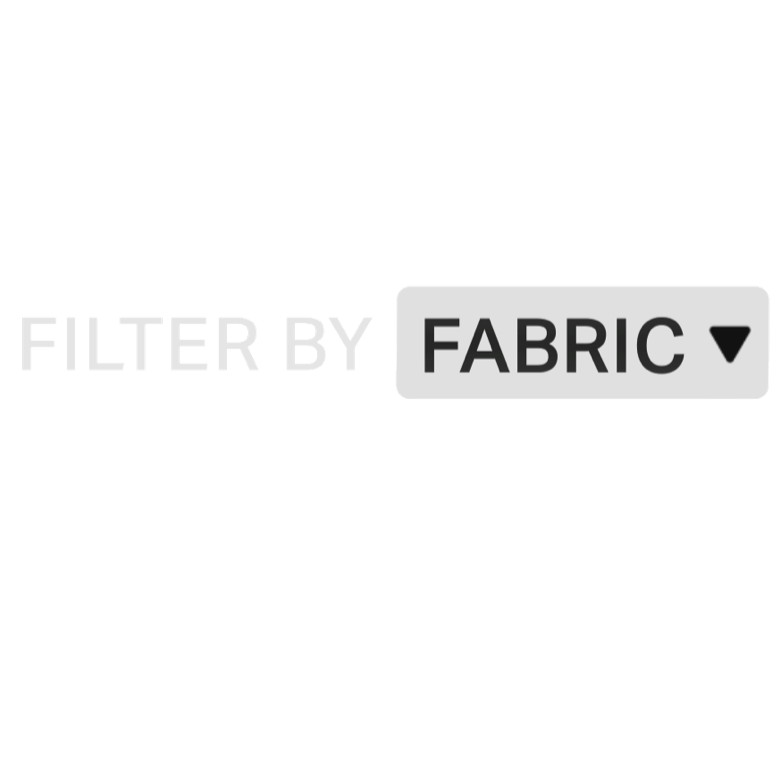WEAR WOOL, NOT WASTE


A CALL FOR
CHANGE
Every synthetic garment ever made still exists in some form.
Synthetic fibres can haunt our planet for up to 200 years. Filling up landfill and choking our earth.
Source: Changing Markets, 2021, Fossil Fashion: The hidden reliance of fast fashion on fossil fuels, p12-13.

WORLD CONSUMPTION OF MAJOR TEXTILE FIBRES
Million Metric Tonnes Per Annum.
Oil-based synthetics fuel the fast fashion industry. One cannot exist with the other.
Source: IWTO Market Information Edition 17. Global fibre production includes apparel and non-apparel.
Driving Positive Change Together
There’s no silver bullet to the impact crisis.
Merino wool has the potential to be a transformational solution to fashion’s impact problem.
From growers, to brands to wearers, we can drive meaningful change.


Choosing natural fibres should be easier.
Demand the industry stops using misleading language on product names, adopts accurate fabric descriptions, and introduces fabric filters on e-commerce sites.




